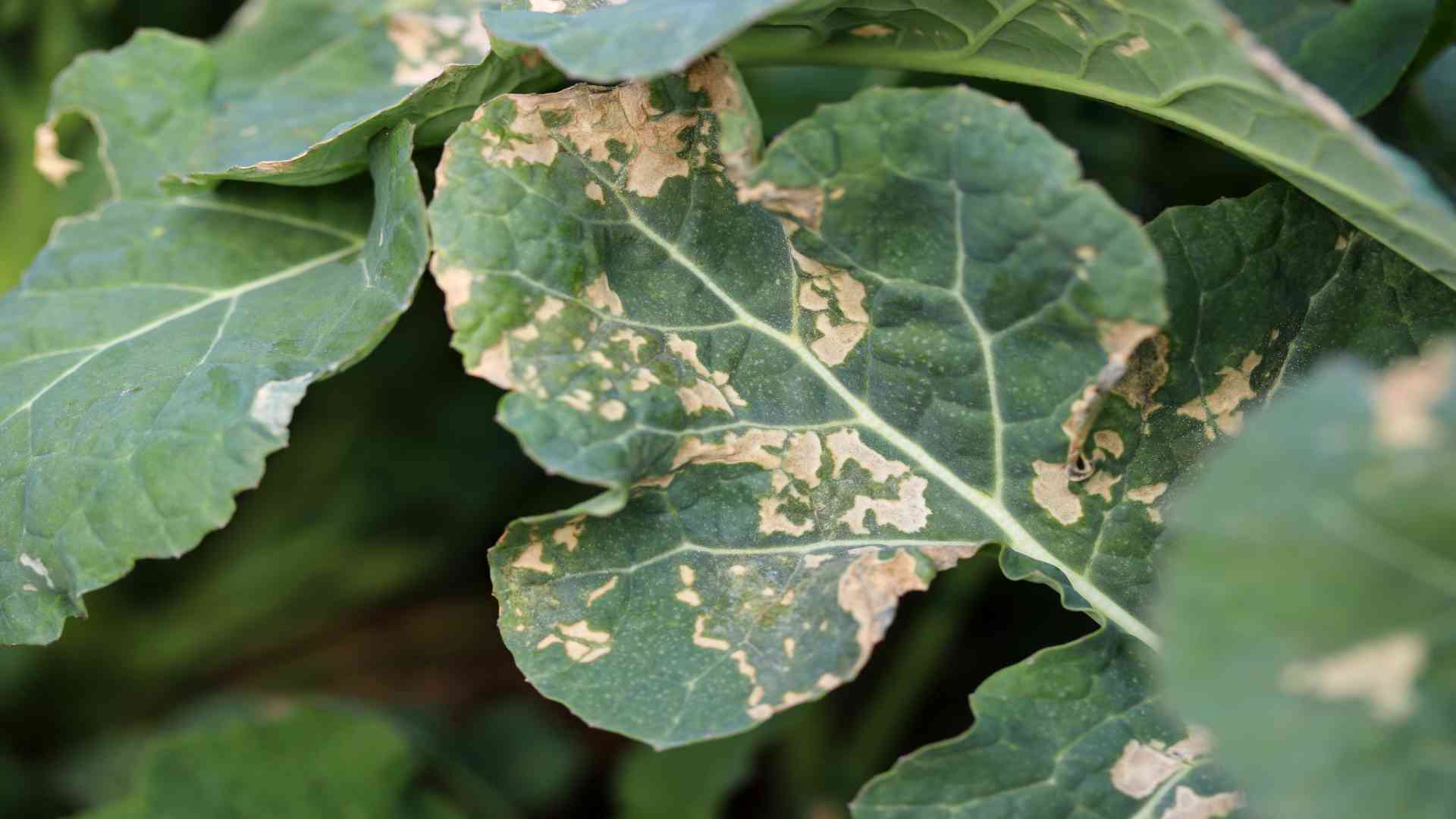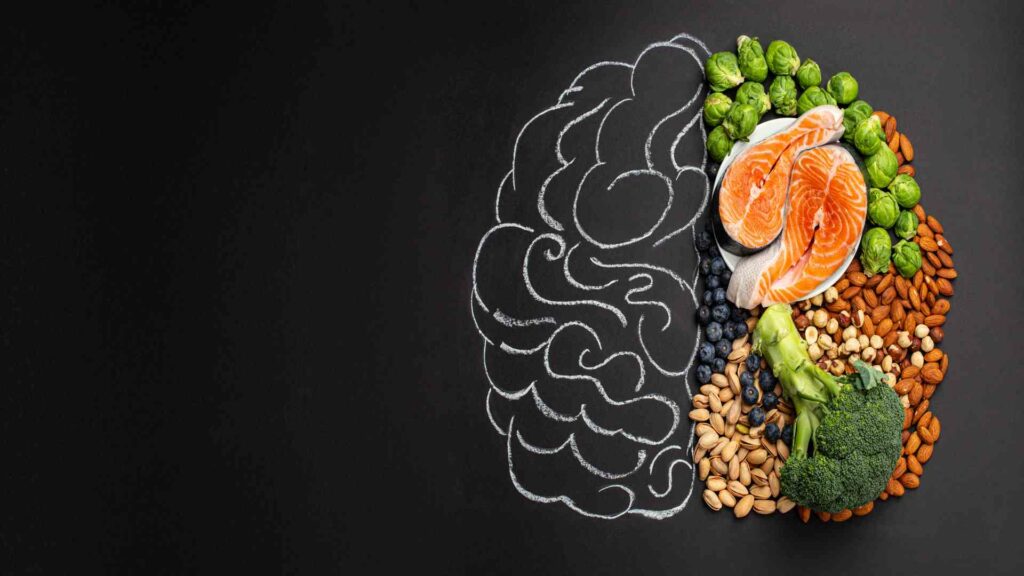Podcast – Boron in Woody Plants
Today, we’re going to talk about boron deficiency in woody plants. Boron is an essential element for higher plant growth and development. It helps to strengthen the cell walls and controls porosity.

Boron Deficiency in Woody Plants
There are three types of boron: free boron – boron in the apoplast. Semi-bound – boron in the cytoplasm, and bound boron – boron in the cell wall. The process is known as boron utilization. This is where boron enters the targeted tissue after long-distance transport and is required to construct the cell wall and membranes and the metabolism of the cytoplasm.
Boron utilization efficiency is related to the pectin content and composition of the cell and the cell membrane composition.
Boron-efficient trees have a high proportion of non-cell wall boron, which is available for cytolysis under boron-sufficient conditions. In boron-deficient plants and trees, a high proportion of cell wall boron is missing in the structure of the cell walls. Boron deficiency is actually common among the majority of plants and especially constrains the growth and development of agriculture and forestry due to the lack of boron uptake from the soil. In particular, areas where low boron soils are found, include South-eastern Australia, New Zealand, North and South America, Africa, and Northern Europe.
Trees have a large body size, longer lifespan, and more boron reserves than herbaceous plants, which suggests Woody species may only suffer from mild boron deficiency. But deficiency causes significant yield and quality losses in forest trees, in fruit trees, and woody plants influencing vegetative and reproductive growth.
Visually, trees show different symptoms when deprived of boron. The initial effect is often reduced to the elongation of growing points because of limited cell wall deposition. In more extreme cases, it can cause the necrosis of these tissues due to cell death. It also has a major negative effect on root growth, especially lateral root growth.
The deficiency may additionally inhibit growth in the plants, and aerial parts, such as plant height. And leaf area and trees become stunted if boron deficiency persists for an extended time. In some forest trees, it can also lessen the wood quality.
At the cellular level, boron is necessary for cell formation, cell wall adhesion, and the architectural integrity of the cell. The cell wall thickening process necessitates the presence of two components: polysaccharides such as cellulose and xylans, and aromatic components such as lignans.
Boron deficiency is likely to decrease the production of the molecule associated with cell wall elements, and synthesis, and inhibit molecules related to cell wall extensibility modification. The cell wall structures are significantly altered at both the macroscopic and microscopic levels. Such plants often have abnormally formed walls that are thick and brittle due to the altered mechanical properties and of normal expansion.
Further, membrane responses to boron efficiency are faster than cell wall responses and this ultimately leads to tissue necrosis, poor branch development, and reduced leaf size.
In molecular responses to boron deficiency, two different types of boron transporter exist. Both Bors and MiPs. Both boron transporters contribute to boron uptake by root cells, transportation to the Xylem, and boron distribution and utilization inside the plant.
In photosynthesis, there is no evidence that boron deficiency directly impacts photosynthesis. However, boron deficiency inhibits root growth and causes weak vascular tissue limiting water uptake and transport within the plant. And this may also limit the amount of light and CO2 absorbed by the plant and as a result, the rate of photosynthesis may be slowed.
Surprisingly, boron reserves play an essential role in woody trees, especially during the spring growth flush. Boron reserves are boron-containing substances indirectly used in functioning, stored in the trees, upper plast and cytoplasm until needed. Trees, unlike herbaceous plants, are perennial and have large body. Thus, trees may store enough boron to cope with boron deficiency at a later phase.
In conclusion, born deficiency is quite common among woody plants, and a sufficient boron supply for cultivated trees can be highly beneficial. economically significantly increasing the yield and quality of fruit and forest trees.
There is a need to focus research on the importance of boron reserves, which is especially important in trees. Significant progress has been made in understanding the molecular mechanisms of boron efficiency in herbaceous plants and further investigation into the mechanisms of boron deficiency tolerance, and boron plants is ongoing.
And that’s all from Borates Today. For more information on agriculture and forestry, please refer to Borates.Today. Our website. Thanks for listening.





